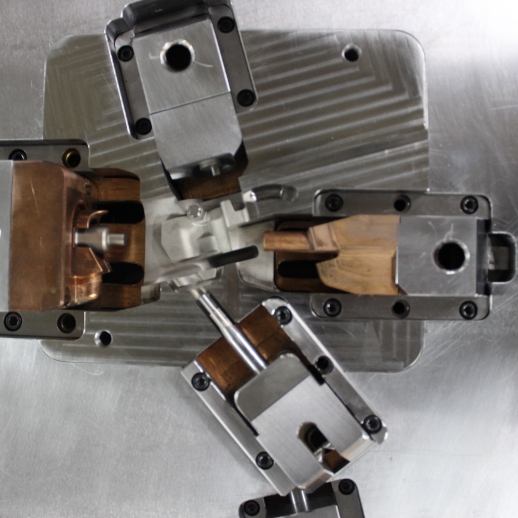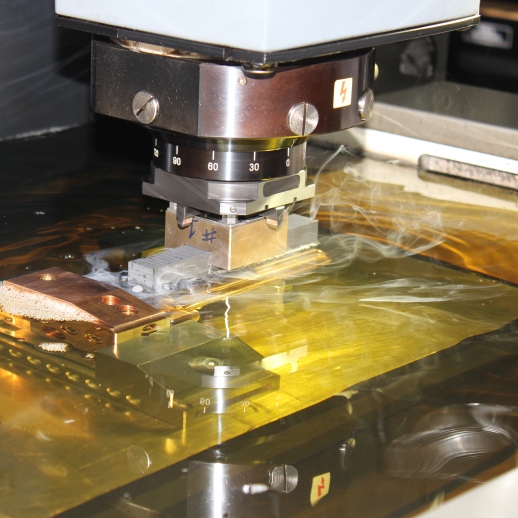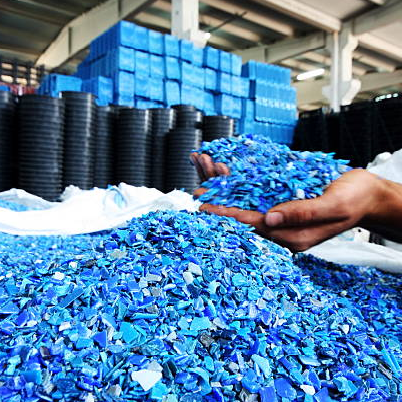Plastic injection molding is the process of heating raw material (plastic resin in pellet form, in our case) to its melting point, forcing the viscous material into a mold, and allowing it to cool into a hardened shape. Injection molded parts are used in virtually every product you encounter, from electronics to housewares to automotive to food packaging. At the highest level, it’s a very simple process, but there’s a very complex science that goes into doing it well—from creating the molds to understanding the chemical and physical properties of the materials.
Types of plastic
Injection molding uses a ram or screw-type plunger to force molten plastic material into a mold cavity; this solidifies into a shape that has conformed to the contour of the mold. It is most commonly used to process both thermoplastic and thermoset polymers.
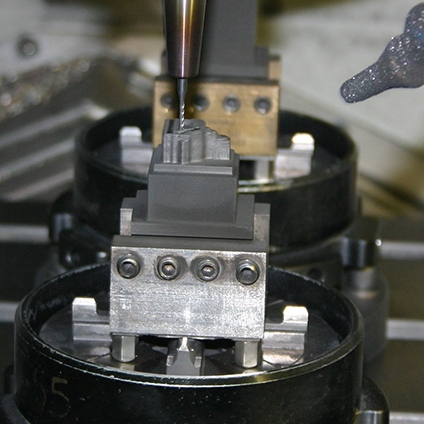
Thermoplastics are more prevalent due to characteristics which make them highly suitable for injection molding, such as the ease with which they may be recycled, their versatility allowing them to be used in a wide variety of applications, and their ability to soften and flow upon heating.
How Injection Molding Works
There are two main stages which make up an injection molding machine – injection and clamping. In the injection phase, the plastic in the hopper is in granular form. It is heated to the point of melting. Once in hot liquid form, the ram (‘screw’) forces the liquid into the tightly clamped mold and the liquid sets. During clamping, the plastic cools as the metal mold conducts heat away and then the press is cycled to remove the molding.
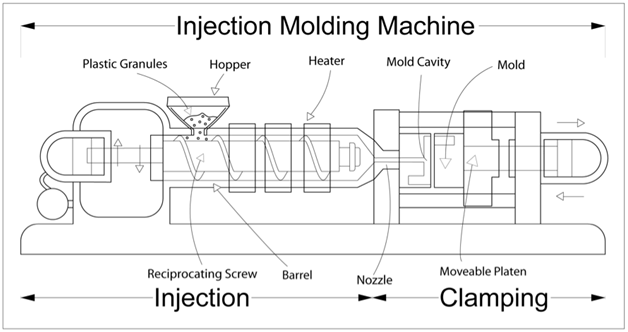
Advantages of Injection Molding
Injection molding enables complex shapes to be manufactured, some of which might be near impossible to produce economically by any other means.
The wide range of materials enables almost exact matching of the physical properties required from the article, and multi-layer molding enables tailoring of mechanical properties and attractive visual appearance – even in a toothbrush.
In volume, it is a low-cost process, arguably with minimal environmental impact. There is little scrap created in this process, and scrap that is produced can be re-ground and re-used.
Disadvantages of Injection Molding
The investment in tooling – making the mold – typically requires high volume production to recover the investment, though this does depend on the particular article.
Producing the tooling takes development time and some parts do not readily lend themselves to a practical mold design.
The Economics of Injection Molding
A high-quality mold, although of relatively high cost, will be capable of turning out hundreds of thousands of ‘impressions’.
The plastic itself is quite inexpensive and despite the energy required to heat the plastic and cycle the press (to remove each impression) the process can be economic for even the most basic items such as bottle caps.

